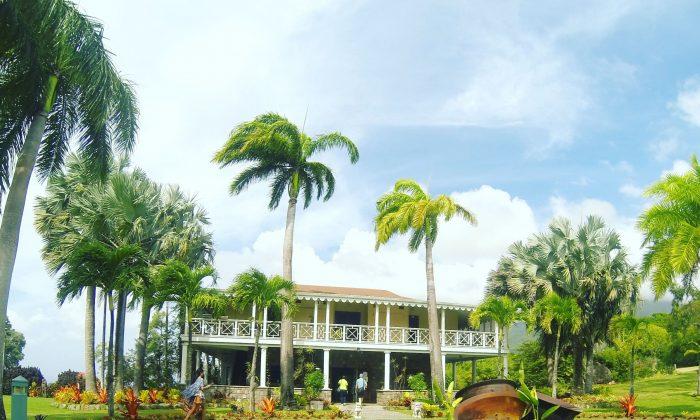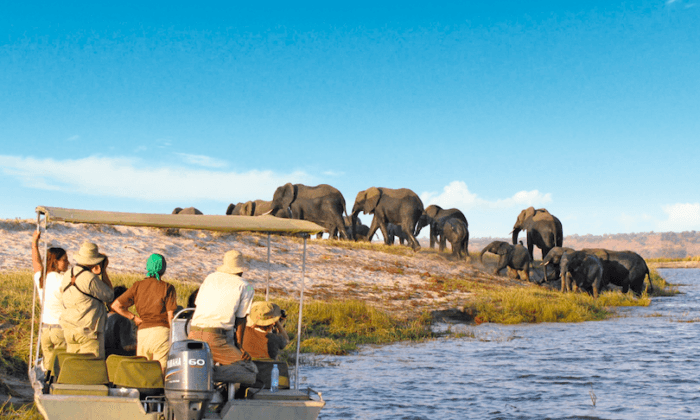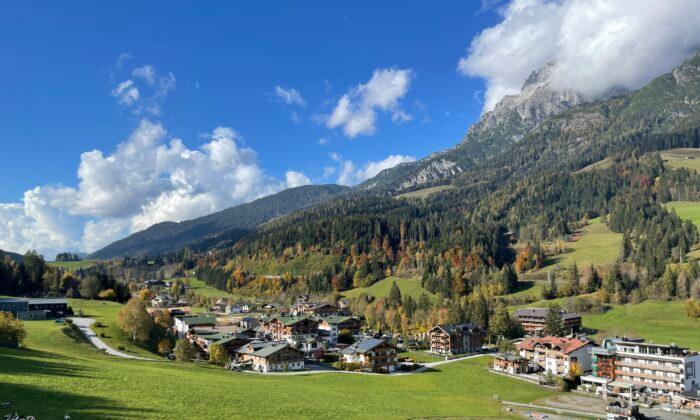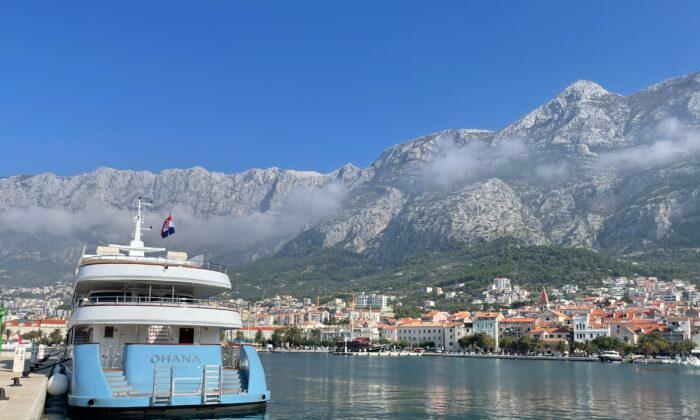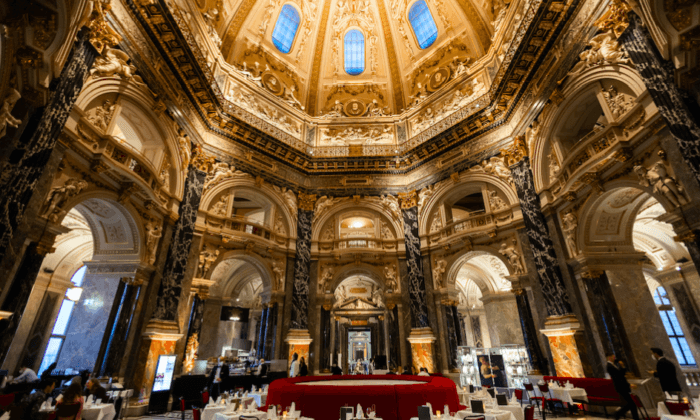“Watch your step,” our guide says as we follow a narrow path up the mountainside. The trees are so thick that only narrow rays of sunshine reach the forest floor. I can hear monkeys moving in the brush, and feel droplets run off leaves left damp from a recent rain.
We haven’t seen another soul during our hike to the waterfalls at Russell’s Rest. That’s not unusual, says Baba Tyson, our guide. The island of Nevis is not crowded or overrun with tourists. There’s plenty of space to explore, and today we have the forest to ourselves.
Nevis is the smaller of two Caribbean islands that make up the nation of St. Kitts and Nevis. While St. Kitts is fully developed with large mansions, high-end shopping, and luxury hotels, Nevis is quiet and unspoiled. Just 36 square miles in size, Nevis has no street lights or huge developments.
Though Nevis isn’t for everyone, the Caribbean island is popular with seasoned travelers who like raw nature and a relaxed way of life. Visitors are warmly received here, and those who take time to chat with the locals will discover a rich culture that fuses Amerindian and Afro-Caribbean traditions with remnants of its British past.
Reminders of that past can be seen in the colonial architecture and the plantations that still dot the island. Many of the plantations have been restored as inns. I stayed at the Montpelier Plantation, a former 17th-century sugar plantation that has upscale cottages and excellent dining. A large sugar cane mill still stands on the grounds overlooking the sea.
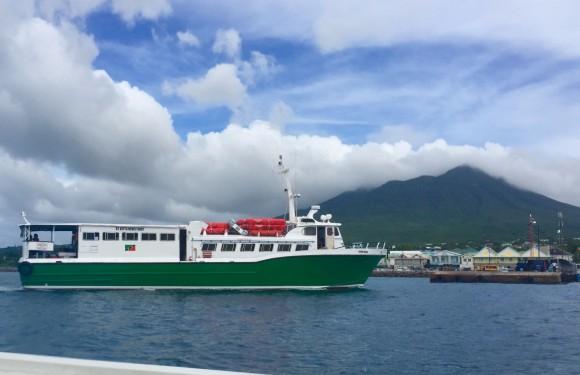
What to See and Do
My time on Nevis soon turned into a blend of new experiences and relaxing ways to unwind. We visited the Nevis Botanical Gardens, a lush oasis created by Philadelphia couple Joseph and Martha Murphy. Their tropical rain conservatory houses tropical plants and Mayan-type sculptures, while the gardens have flora from around the world. My favorite part of the visit was the refreshing purple drink made from Free Butterfly Pea Flowers at their Oasis Restaurant.
Dining in Nevis is a pleasure. Many of the island plantations serve special dinners weekly for locals and guests. One night, we attended a West Indian pig roast at Hermitage Plantation. The spread was so large that it barely fit on the huge center table. We sampled local delicacies of sweet yams, curried Mahi Mahi, breadfruit, and dishes baked in traditional clay pots.
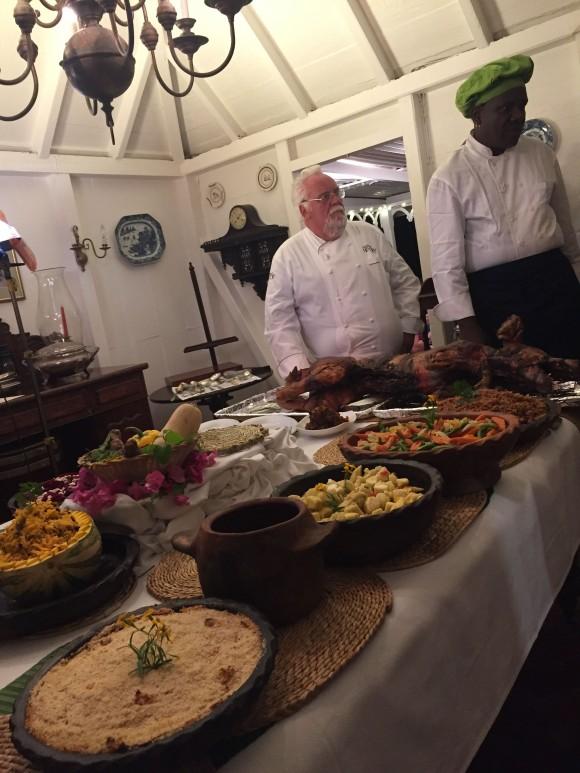
The Beaches
A big part of any island vacation is time spent at the beach, and Nevis has no shortage of places to lay a beach towel. One of the best-known is Pinney’s Beach, which runs for three miles and is just outside of the capital, Charlestown. Other beaches include Oualie Beach, Paradise Beach, and the Nisbet Plantation Beach Club, which also has an excellent restaurant.
Diving and snorkeling are popular activities in Nevis. One afternoon we headed out to sea with Ned, who owns the Aquatic Recreation Centre. He showed us where bubbles stream from underground lava tubes and pointed out vibrant sea life, including a large orange starfish.
At the Museum of Nevis History I learned of one of the island’s famous sons, Alexander Hamilton. The well-known American statesman was born on the island in 1757 and lived here till he was 9. The museum has an excellent exhibition about his life.
As I headed to the airport at the end of my trip, I realized how relaxing my week on the island had been. While Nevis is beautiful and has much to offer travelers, it’s the people that impressed me most.
“You know, you’re only a stranger here once,” our taxi driver said on the way to the airport, and I hope that is true. I’m already looking forward to my return.
IF YOU GO
Getting there
Most travelers arrive by air to St. Kitts then connect to Nevis by ferry. Another option is to fly to the island of Antigua and then take a charter plane to Nevis.
Getting around
Rental cars are readily available. Cars drive on the left in Nevis. Buses (small minivans with names painted on the front) are cheap and easy. You can board a bus anywhere on the main road, just flag it down. Taxis are another popular way to get around on the island. Look for bright yellow license plates that start with the letter T or TA.
More information: www.nevisisland.com
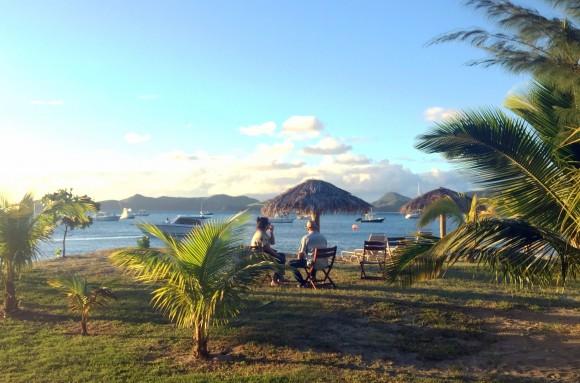
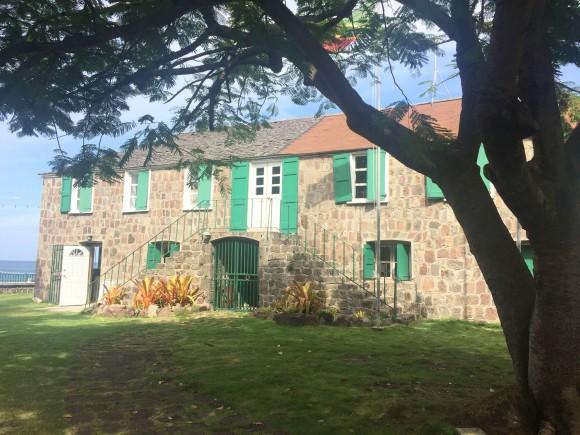
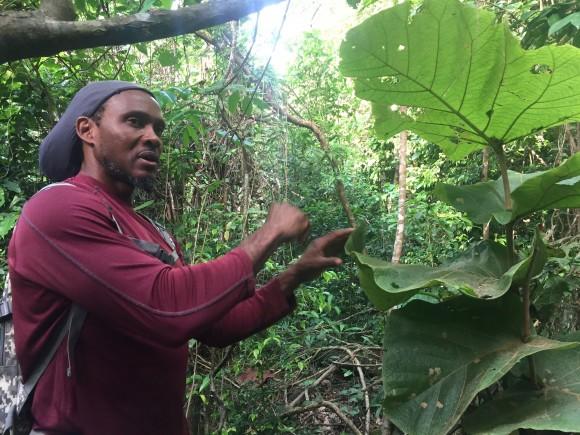
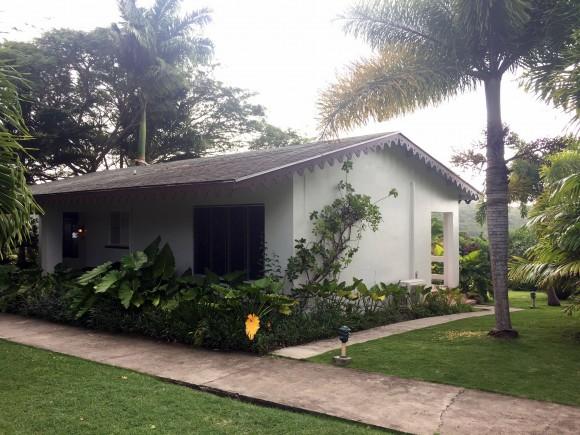
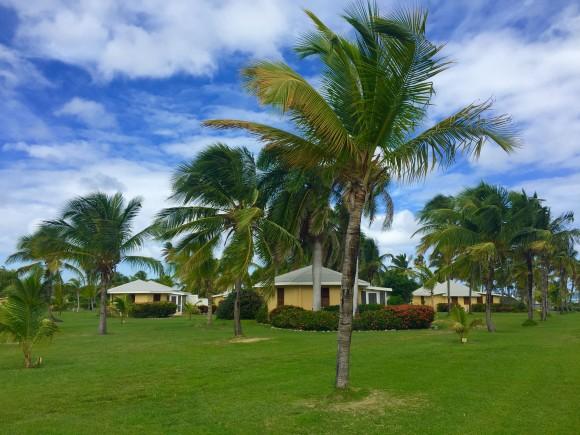
Janna Graber has covered travel in more than 40 countries. She is the editor of three travel anthologies, including “A Pink Suitcase: 22 Tales of Women’s Travel,” and is the managing editor of Go World Travel Magazine (www.goworldtravel.com).

